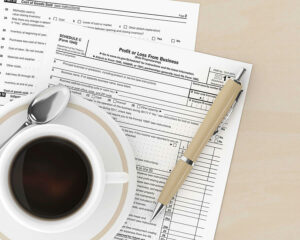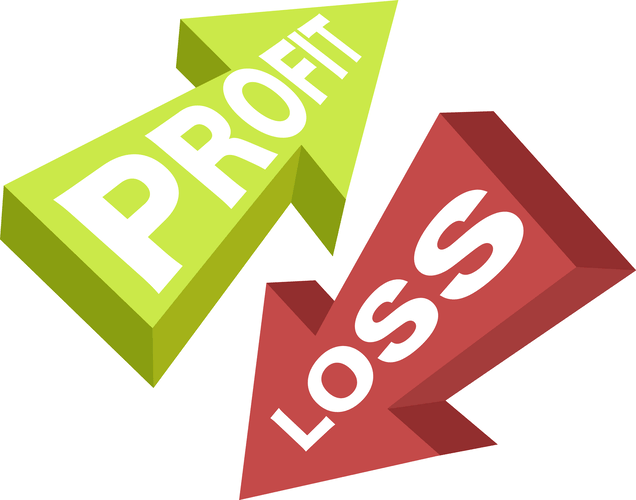
It’s a balancing act between the accrual accounting method and the actual cash movements, both of which are crucial for portraying an accurate picture of a company’s financial performance. They are a key indicator of a company’s ability to convert assets into cash Certified Public Accountant and meet short-term obligations. Analysts often scrutinize the aging schedule of notes receivable, which categorizes outstanding notes by their due dates.
The Role of Notes Receivable in Financial Statements
The creditworthiness of the debtor is paramount; if they default, the holder may need to engage in costly and time-consuming collection efforts or write off the debt entirely. Additionally, holding a large amount of notes receivable can tie up capital that might otherwise be used for operational expenses or investments. This type of asset is a promissory note that legally binds the debtor to pay the specified amount of money at a predetermined date or on demand.

What Type of Account is Interest Income?
This schedule helps in evaluating the timing of cash inflows and Accounting for Marketing Agencies the potential need for additional liquidity sources if collections are delayed. Moreover, the turnover ratio of notes receivable, which measures how quickly a company collects on its receivables, provides insights into the efficiency of the company’s credit and collection processes. Have you ever extended credit to a customer and received a formal promise to repay in return?
Successful Use of Notes Receivable
It is not unusual for a company to have both a Notes Receivable and a Notes Payable account on their statement of financial position. Notes Payable is a liability as it records the value a business owes in promissory notes. Notes Receivable are an asset as they record the value that a business is owed in promissory notes.

- Liquidity, in financial terms, refers to how quickly assets can be converted into cash.
- When a customer does not pay an account receivable that is due, the company may insist that the customer give a note in place of the account receivable.
- Maturity value is the amount that the company (maker) must pay on a note on its maturity date; typically, it includes principal and accrued interest, if any.
- In this example, Company A records a notes receivable entry on its balance sheet, while Company B records a notes payable entry on its balance sheet.
Mortgage note holders need to conduct careful risk management to determine the ability of a borrower to honor the agreement. And although you can sell the mortgage note, you’re not guaranteed to receive the full value of the note when you do so. Dino-Kleen, a customer of Terrance Inc. owes a $10,000 invoice is note receivable a current asset that is past due.

Financial Accounting
Note that in this calculation we expressed the time period as a fraction of a 360-day year because the interest rate is an annual rate and the note life was days. For exchange of goods or services, debit note receivable and credit account receivable. When a company is expected to get the amount within a year or an operating cycle, it is treated as a current asset. Once it is confirmed that the notes receivable is deemed uncollectible, it must be written off as a bed debt. The business lends $5,000 to an employee, which is formalized with a 1-year promissory note at 6% annual interest.
- Moreover, it’s possible to borrow against the note, just as you would with another kind of asset, if you need money right away.
- For instance, a company selling heavy machinery might use notes receivable to provide financing to a buyer, allowing them to pay off the purchase over several years with interest.
- In summary, notes receivable play a pivotal role in the financial health and reporting of a company.
- Below is a break down of subject weightings in the FMVA® financial analyst program.
- Interest income from notes receivable is a critical component of a company’s earnings, reflecting the profitability of extending credit.
- Consider a scenario where a company holds a note receivable with a face value of $50,000, due in one year with a 6% interest rate.
A note receivable is similar to an account receivable but with a few extra components and different accounting rules. Generally accepted accounting principles instruct users to accrue interest on both their short- and long-term notes receivable and periodically re-evaluate the value of the note. If the note is for a significant amount, it could substantially alter the company’s financial ratios, such as the current ratio, which measures liquidity. Although some people tend to mix up accounts payable and notes receivable, it’s important to note that they are two different types of transactions. In the simplest terms, accounts payable are business liabilities, whereas notes receivable are assets. Notes receivable offer businesses a structured and secure way to extend credit.
Placement of Notes Receivable in the Balance Sheet
In this context, it’s crucial to understand that notes receivable, while traditionally considered a static asset, are becoming increasingly dynamic. The advent of digital ledger technologies, for instance, has begun to streamline the tracking and enforcement of these financial instruments, ensuring greater transparency and efficiency. The effective interest rate is the rate that exactly discounts the expected stream of future cash payments through the life of the note receivable to the net carrying amount of the financial asset. The effective interest rate takes into account the impact of compounding, providing a more precise measure of the return on investment for the lender.

